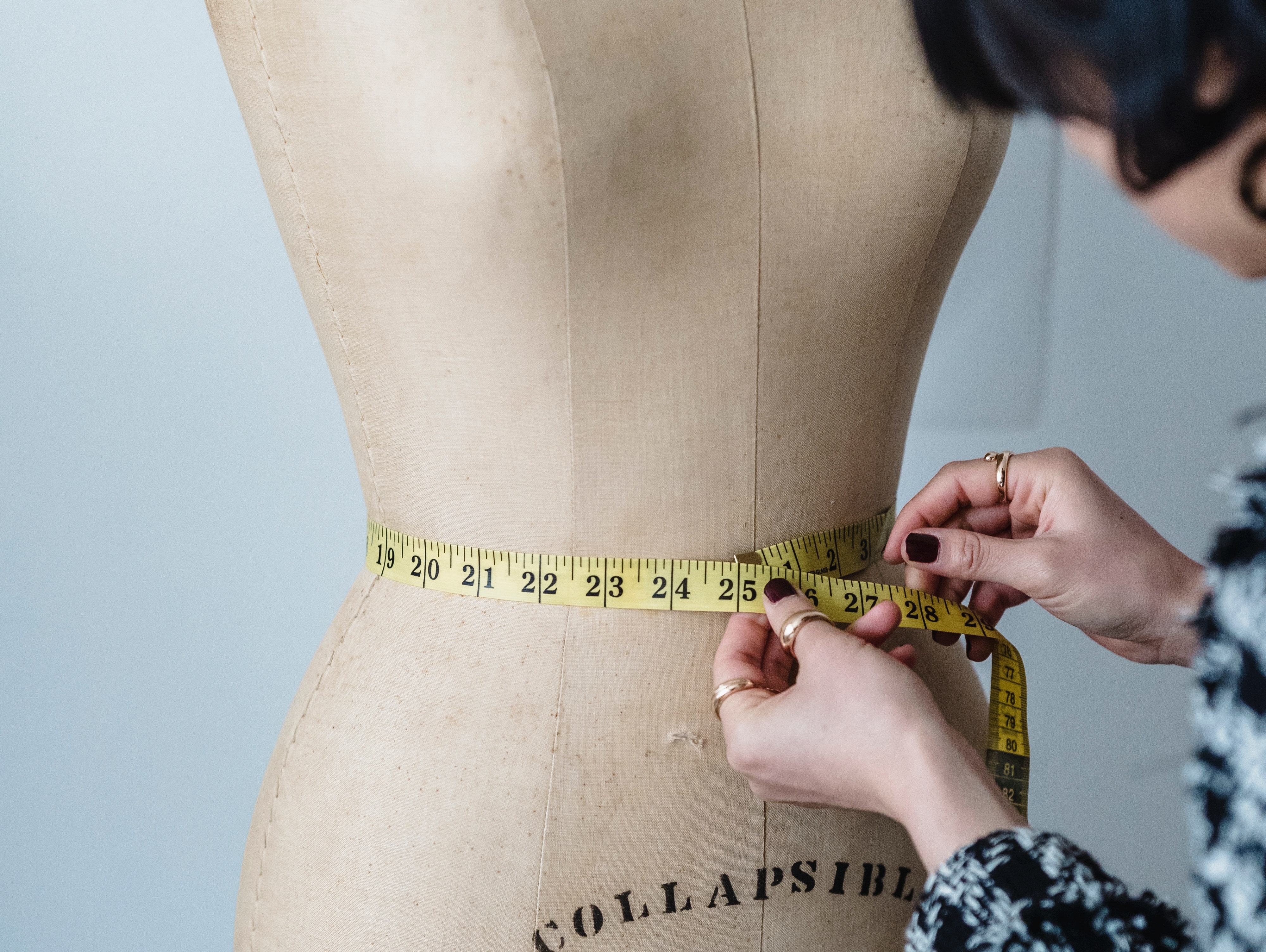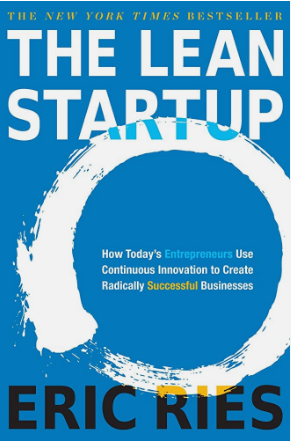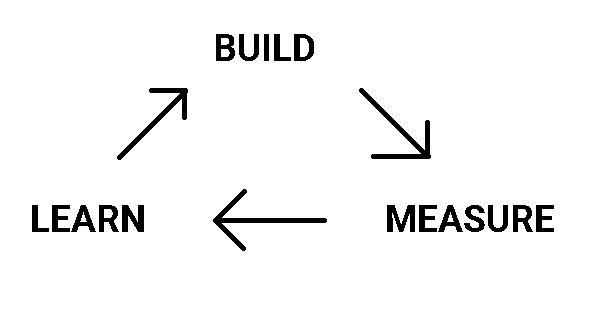USD Blog
How to Implement Lean Methodology in a Startup

How to implement lean methodology in a startup
Implementing lean methodology in a startup involves a shift in the approach to product development. To begin, startups must adopt the key principles of lean methodology, including customer-centricity, experimentation, and continuous improvement. This involves understanding the needs and pain points of customers, testing assumptions and hypotheses through rapid experimentation, and using data to drive decision-making. To implement lean methodology, startups must also embrace a culture of collaboration, iteration, and flexibility, allowing for quick pivots and adjustments based on feedback and results. It's important for startups to start small and prioritize learning and feedback over perfection, which can help reduce waste and minimize risk. By following these principles and best practices, startups can successfully implement lean methodology and drive innovation and growth.The benefits of using lean methodology in product development
The benefits of using lean methodology in product development are significant and wide-ranging. By focusing on customer needs and continuous improvement, lean methodology can help startups to develop products that are more aligned with customer demand and more likely to succeed in the marketplace. One of the key benefits of lean methodology is faster time to market, which is achieved through rapid experimentation and iteration. This can help startups to gain a competitive edge by being the first to market with a new product or feature. Additionally, lean methodology can help to reduce waste and cost by eliminating unnecessary features or processes and focusing only on what customers value. This can help startups to operate more efficiently and make better use of limited resources. Finally, lean methodology can lead to improved product quality and increased customer satisfaction by incorporating feedback and iteration into the product development process. Overall, using lean methodology in product development can lead to better products, increased customer loyalty, and improved business outcomes.


“As you consider building your own minimum viable product, let this simple rule suffice: remove any feature, process, or effort that does not contribute directly to the learning you seek.” ― Eric RiesEric Reiss is a pioneer of lean methodology, deriving much of his philosophy from Toyota's methods of lean manufacturing.
“The lesson of the MVP is that any additional work beyond what was required to start learning is waste, no matter how important it might have seemed at the time.” ― Eric Ries
Lean methodology vs. traditional product development
Lean methodology and traditional product development are two different approaches to product development. Traditional product development typically involves a more linear, step-by-step process, with a focus on extensive planning and upfront investment. This approach can lead to longer development times and higher costs, but can also result in more polished, feature-rich products. Lean methodology, on the other hand, emphasizes experimentation and iteration, with a focus on developing a minimum viable product (MVP) and incorporating customer feedback early and often. This approach can lead to faster time to market and reduced waste and cost, but may result in products that are less polished or feature-rich initially. Ultimately, the choice between lean methodology and traditional product development will depend on a variety of factors, including the nature of the product, the target market, and the resources and goals of the startup.
Using lean methodology to reduce waste in product development
Using lean methodology can help startups to reduce waste in product development. By focusing on the customer and rapid experimentation, lean methodology can help to identify and eliminate unnecessary features or processes that do not add value for the customer. This can help to reduce costs, as resources are not wasted on features that are not essential or valued by the customer. Additionally, by incorporating customer feedback early and often, lean methodology can help to ensure that the product is developed in a way that meets customer needs and avoids costly rework later in the development process. Finally, by prioritizing learning and feedback over perfection, lean methodology can help to reduce the risk of developing products that ultimately fail to gain traction in the market. Overall, using lean methodology can help startups to operate more efficiently, reduce costs, and develop products that are more closely aligned with customer needs and preferences.
How to conduct effective customer interviews in lean methodology
Conducting effective customer interviews is a critical component of lean methodology. To conduct effective customer interviews, it is important to first identify the right customers to interview, which can be done by creating customer personas and targeting customers who fit those personas. Next, it is important to develop a structured interview guide that focuses on understanding the customer's needs, pain points, and preferences. During the interview, it is important to actively listen to the customer and ask open-ended questions to encourage them to share their thoughts and feelings. It is also important to avoid leading questions or assumptions that may bias the customer's responses. After the interview, it is important to analyze the data collected and use it to inform product development decisions. By conducting effective customer interviews in lean methodology, startups can gain valuable insights into customer needs and preferences, which can help to inform the development of a minimum viable product (MVP) and guide ongoing iteration and improvement.
The role of MVP in lean methodology
The minimum viable product (MVP) is a critical component of lean methodology. The MVP is a version of the product that includes only the essential features needed to test and validate the product hypothesis with real customers. The MVP is developed quickly and with minimal resources, and is designed to gather feedback from customers that can be used to inform ongoing development and iteration. By focusing on the MVP, lean methodology helps startups to avoid the costly and time-consuming process of developing a fully-featured product before testing it with customers. Instead, the MVP is developed and tested with customers early and often, allowing startups to quickly validate or invalidate their product hypothesis and make informed decisions about how to move forward. This approach can help to reduce risk and uncertainty in product development, as well as minimize waste and increase efficiency. Overall, the MVP plays a critical role in the lean methodology approach to product development.
Lean methodology tools for product development
There are a variety of tools that can be used to support lean methodology in product development. One of the most popular tools is the lean canvas, which is a one-page business plan that helps startups to visualize their business model and identify key components such as the value proposition, customer segments, and revenue streams. Another important tool is the A/B test, which involves testing two versions of a product or feature with different customers to determine which version is more effective or preferred. Other tools commonly used in lean methodology include user journey mapping, which helps to visualize the user's experience with the product, and Kanban boards, which help to manage the flow of work and track progress in real time. By using these and other tools, startups can implement lean methodology more effectively and efficiently, and make data-driven decisions about product development that are informed by customer feedback and insights.
Lean methodology case studies and success stories
There are many examples of startups and companies that have successfully implemented lean methodology in their product development process. For example, Dropbox used lean methodology to develop its minimum viable product, which allowed users to synchronize and share files across multiple devices. By testing and iterating on the MVP with early adopters, Dropbox was able to rapidly improve the product and grow its user base. Similarly, the car-sharing service Zipcar used lean methodology to develop its MVP, which included a simple web interface that allowed users to search for and reserve cars in real time. By testing the MVP with real customers, Zipcar was able to gather valuable feedback and insights that informed ongoing product development and helped to create a highly successful and innovative service. These and other case studies demonstrate the power of lean methodology in enabling startups to develop innovative products quickly and efficiently, while minimizing risk and maximizing customer value.
The impact of lean methodology on product quality
Lean methodology can have a significant impact on product quality by enabling startups to focus on developing products that are truly valuable to their customers. By using lean methodology, startups can prioritize features and improvements that are most important to customers, rather than spending time and resources on features that may not be needed or desired. This can lead to more streamlined and effective product development, as well as higher-quality products that better meet the needs of customers. Additionally, lean methodology can help to reduce waste and inefficiencies in the product development process, allowing startups to use their resources more effectively and improve the overall quality of their products. Ultimately, by using lean methodology to prioritize customer value and streamline product development, startups can create higher-quality products that better meet the needs and expectations of their customers.
How to measure success with lean methodology
Measuring success with lean methodology requires a different approach than traditional product development methods. Rather than focusing on traditional metrics such as revenue or market share, success in lean methodology is measured by how quickly and effectively a startup can create and deliver value to customers. This requires ongoing testing and validation of products and features through customer feedback and data analysis. Metrics such as user engagement, customer satisfaction, and retention rates can be used to track progress and validate assumptions. Additionally, startups can use tools such as the Lean Canvas or AARRR (Acquisition, Activation, Retention, Revenue, Referral) framework to define and track key metrics and milestones throughout the product development process. By focusing on delivering customer value and continually testing and iterating on products, startups can measure success with lean methodology in terms of the speed, efficiency, and effectiveness with which they are able to deliver value to their customers.
There are many layers to lean methodology. Get an expert to consult you on whether you are implementing all the best lean practices you possibly could be. We've added our Calend.ly link below in case you want to chat with us. Best of luck! Book A Meeting
